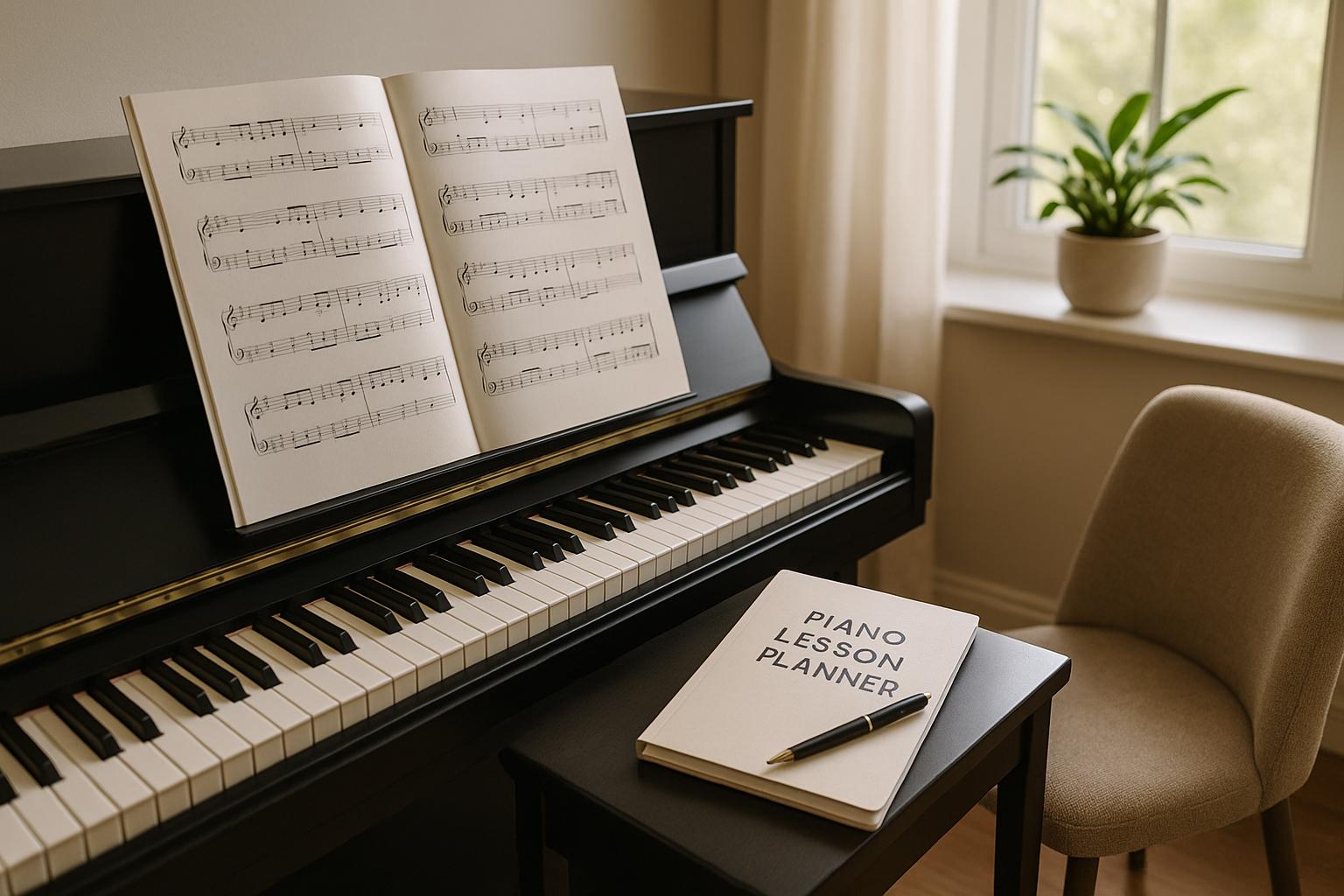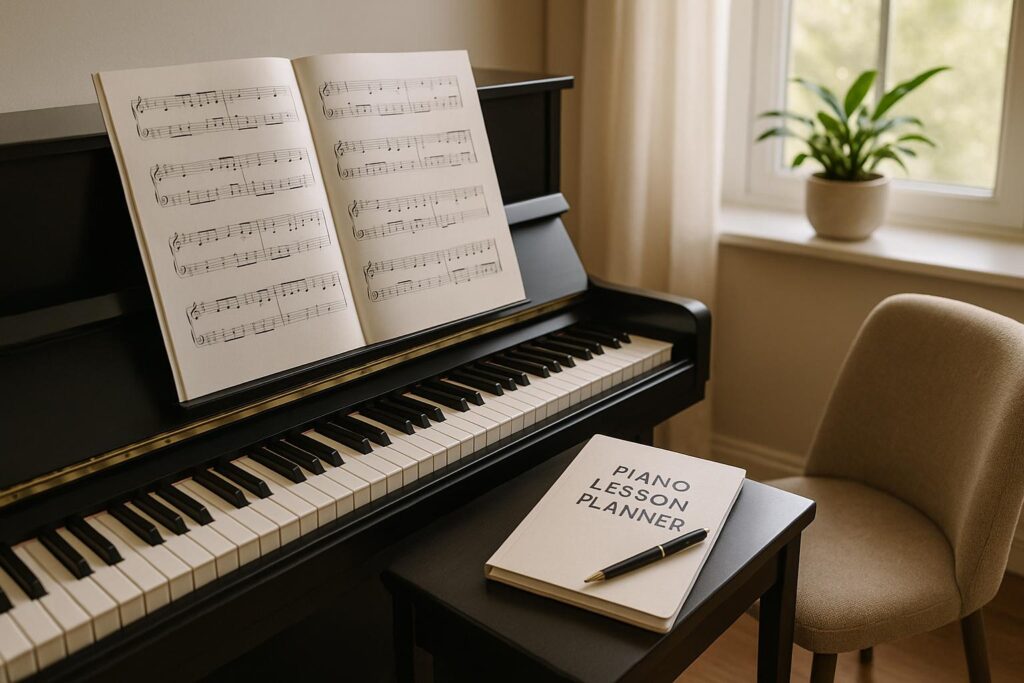
Plan Your Piano Journey with Ease
If you’ve ever struggled to structure effective practice or teaching sessions, a Piano Lesson Planner can be your best friend. This tool helps both students and instructors create a clear, balanced schedule that maximizes every minute spent at the keys. Whether you’re focusing on scales, diving into music theory, or polishing a tricky piece, having a solid plan keeps you on track.
Why Structure Matters in Music Learning
Learning or teaching piano isn’t just about playing—it’s about building skills systematically. A well-organized music practice schedule ensures you’re not neglecting critical areas like technique or improvisation. For beginners, this might mean dedicating time to basic finger exercises, while advanced players can allocate slots for mastering intricate compositions. The beauty of a tailored planner is how it adapts to your unique goals and skill level, turning chaotic practice into meaningful progress.
Take Control of Your Progress
Beyond just organizing time, a tool like this offers personalized suggestions to keep sessions fresh and challenging. Teachers can use it to map out a curriculum, while students gain clarity on what to tackle each day. Ready to transform how you approach the piano? Try crafting your custom schedule today and watch your skills grow!
FAQs
Can I use this planner for multiple students?
Absolutely! You can run the tool for each student individually by entering their specific needs—lesson frequency, duration, focus areas, and skill level. It’ll generate a unique plan for each one. I’d suggest saving or printing each schedule to keep track if you’re managing a few students at once. It’s also handy for spotting overlaps or gaps in your teaching week.
How does the tool decide time allocation for focus areas?
The planner splits the lesson duration evenly across the focus areas you’ve selected. For example, if you pick two areas for a 60-minute lesson, it’ll allocate roughly 30 minutes to each. If you choose four, it’s about 15 minutes per area. This keeps things balanced, but you’re welcome to tweak the split after seeing the output to better suit your style or the student’s needs.
Are the exercise recommendations suitable for all ages?
The suggestions are based on skill level—beginner, intermediate, or advanced—rather than age, so they should work for most learners. Beginners might get simple scales or finger exercises, while advanced students see complex pieces or improvisation challenges. That said, if you’re teaching a young child or an adult with specific needs, you might want to adapt the recommendations a bit. Use them as a starting point and add your personal touch!

